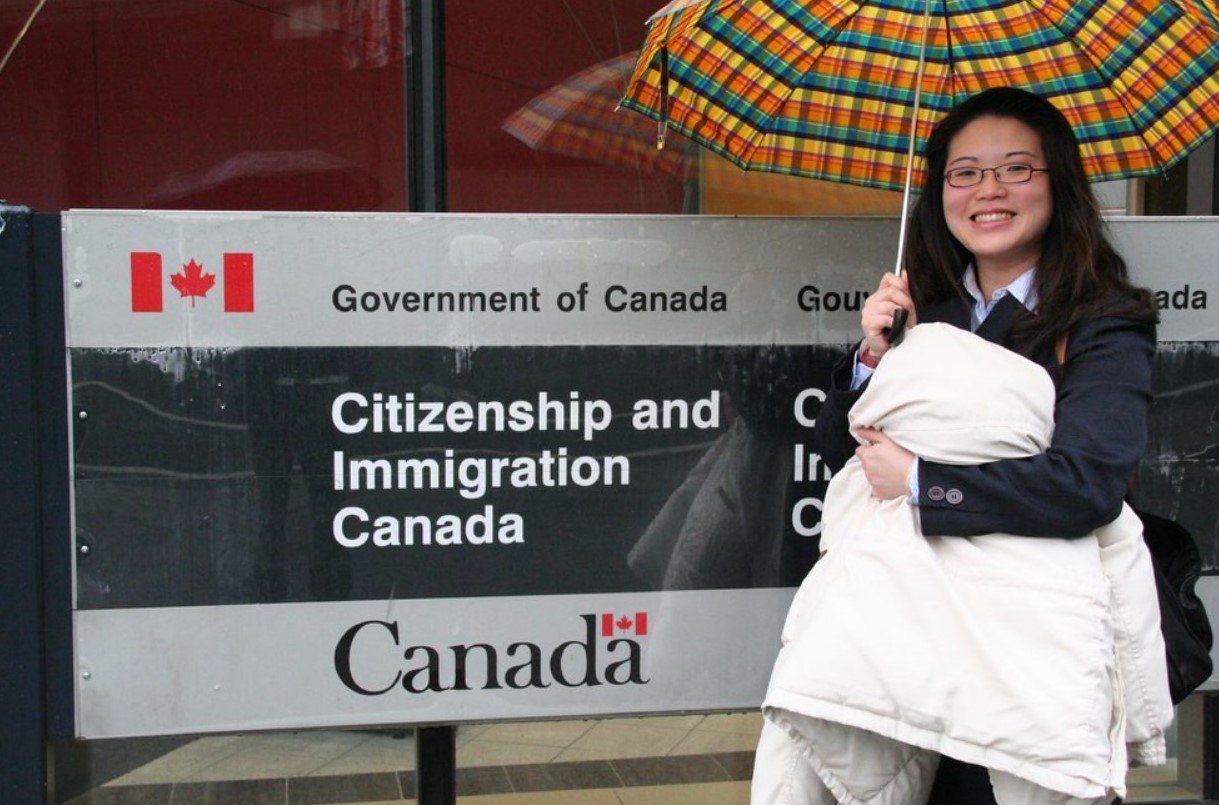In a groundbreaking move, Canada has announced plans to implement a cap on the number of temporary residents for the first time in its history. This policy shift, aimed at sustainable growth, will affect international students, foreign workers, and asylum claimants.
Setting the Stage for Sustainable Immigration
The Canadian government has taken a decisive step towards managing its temporary resident intake. Immigration Minister Marc Miller outlined a plan to reduce the number of temporary residents to 5% of the population, a decrease from the current 6.2%. This policy is in response to a sharp increase in temporary residents, with numbers rising from nearly one million in 2021 to 2.5 million in 2024.
The new cap is part of a broader strategy to address the affordability and housing crisis while ensuring the immigration system’s efficiency. The government has emphasized the need for an honest conversation about the implications of rising international migration as it plans for the future.

Balancing Workforce Needs and Immigration
Canada’s reliance on temporary foreign workers to fill labor shortages is well-documented. However, the government recognizes the necessity for changes to make the system more efficient. Starting in May, certain Canadian businesses will be required to reduce their dependency on temporary foreign workers, with a focus on proving that jobs could not be filled by permanent residents or citizens.
Exceptions have been made for the construction and healthcare sectors, which are currently experiencing labor shortages. These sectors will be allowed to maintain their current levels of temporary foreign workers until at least August 31.
The Human Aspect of Policy Changes
The announcement has sparked debate among advocates for temporary foreign workers, who argue that migrants are being unfairly blamed for the affordability and housing crisis. The policy has also led to the reinstatement of visa requirements for Mexican nationals due to a surge in asylum claims.
The government’s approach seeks to balance its international obligations to those fleeing war and political persecution with the practical realities of managing a growing temporary resident population. This delicate balancing act reflects the complexities of modern immigration policy.

